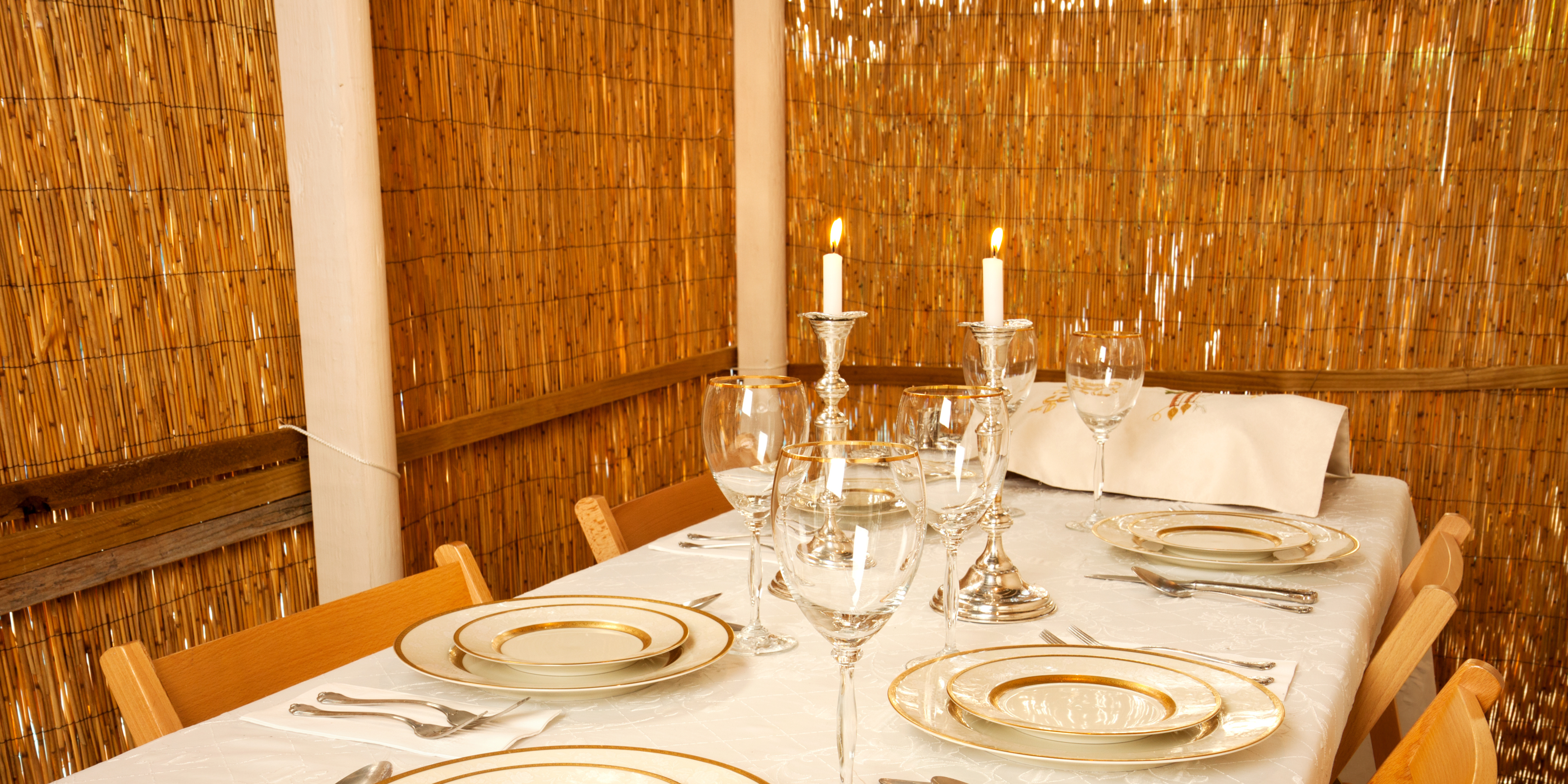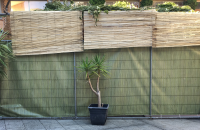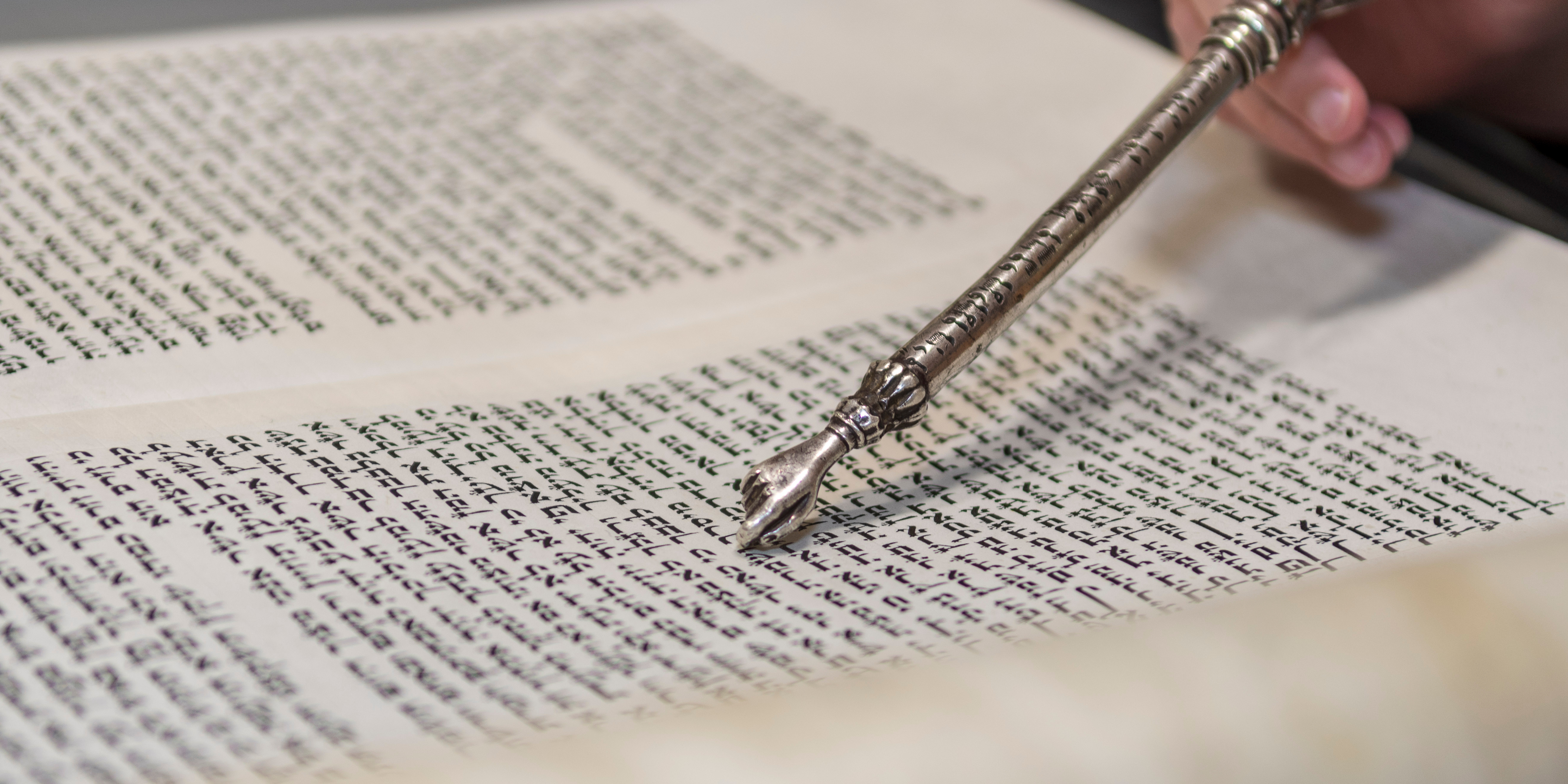Succot: The Festival of Welcome

From inside to outside, that’s the scramble when Yom Kippur ends and the joyful festival of Succot, Tabernacles, is merely five days minus seventy-five minutes away, with so much to do to prepare.
The two festivals have a complementary but collaborative relationship. Yom Kippur is a day indoors, within community; Succot is a time to sit outdoors, beneath the succah’s canopy of leaves supported on temporary, sometimes shaky, walls.
Yom Kippur is primarily a voyage inwards. In the days of the High Priests, when the Temple in Jerusalem still stood, it was a journey to the heart of the sacred compound, to its Holy of Holies, where the Cohen Gadol sought communal atonement from God. Today, when we have neither High Priest nor Temple, we each travel inwards to our heart to encounter life’s basic questions: Why am I here? What’s my life for? How do I use it for the best?
Succot is our first response, our immediate answer. In building our succah (or sharing a communal succah) and taking our meals in its shade, we live out three qualities: appreciation, hospitality and humility.
Before it became a symbol of the refugee status of our ancestors during their forty years in the desert, the succah was part of the world of farming. Jacob builds a succah to protect his cattle from the sun. Isaiah mentions the ‘succah in the vineyard,’ where the person paid to act as human scarecrow and protect the grapes from marauding foxes might gain a few moments’ rest.
In earlier times a succah was built from the stalks of the grain crops and pruned vine branches. It was decorated with the best of the harvest including flasks of wine and oil, bags of fine flour, peaches and grapes. To this day a succah should be a place of beauty, hung with the fruits of the year. Many a Jewish gardener decides what to sow based on whether it will yield produce to hang in the succah.
Succot is the antidote to entitlement. It says in the most basic, physical terms: thank you for shelter; thank you for food. The rabbis who created its liturgy were farmers, or from farming families. That’s why they prayed for God’s help in the most mite-sized of doses: protect us from blackfly and locusts, mildew and scorching, flooding and drought.
Hence the humility. In spending these days in the succah, we recognise that we are dependent in multiple ways: on the earth and rainfall, on agriculture and trade, on peace and the rule of just laws, all summed up, in traditional terms, in reverence for life and the God of all life.
The succot prayers have the simplest of chorus lines, consisting of just one Hebrew word: Hoshana! Save us! Look after us! We know we need your help, God, and support from one another.
Hence the importance of hospitality. Before we ourselves enter, we invite the ushpizin into our succah, the spirits of our ancestors, beginning with Abraham and Sarah. But they refuse to come if we have not first opened our succah to guests, or if we’ve forgotten those around us who have no food or shelter. Succah is a ‘please come in,’ not a ‘please go away’ festival.
Whereas the succah itself couldn’t be more down-to-earth, the space beneath its canopy is considered holy. It represents harmony, succat shalom, the Tabernacle of Peace. It expresses in the most basic terms the kind of balance we hope and strive for between nature, humanity and God: a relationship of harmonious growth together, of inclusion and compassion, justice and welcome, recognition and gratitude.
Jonathan Wittenberg is the Senior Rabbi of Masorti Judaism and New North London Synagogue.




